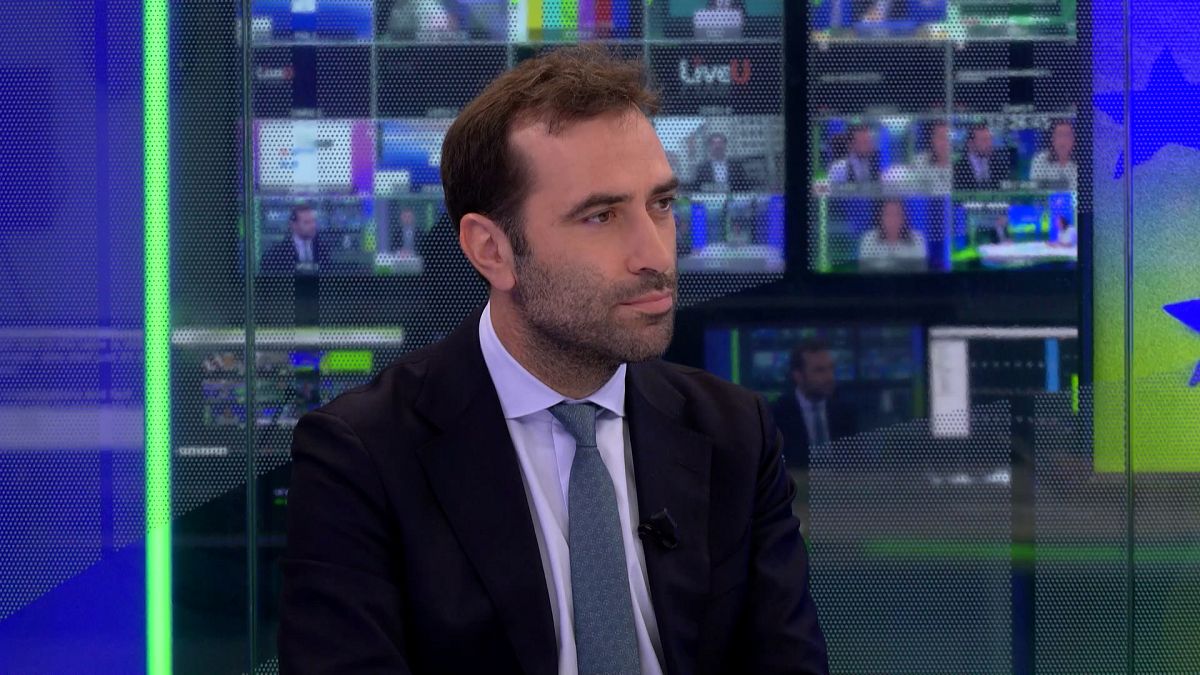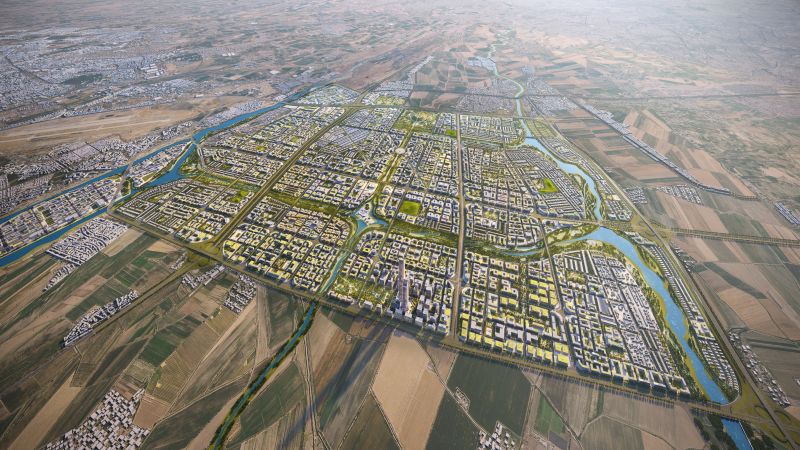About five million people live and work in Uzbekistan’s capital, Tashkent, making it the largest city in the country, and one of the most populous cities in Central Asia.
It’s about to get a lot bigger. A 20,000-hectare site (almost 50,000 acres) immediately east of its current boundaries is being developed to transform the city into a major metropolis.
The capital expansion, dubbed New Tashkent, could play an important role in helping the country create new jobs, draw investment and boost its economy.
“It will be a hub for a lot of new economic activities,” Christine P. Chan, Principal Urban Development Specialist at the Asian Development Bank (ADB), told .
In 2017, Uzbekistan’s new president Shavkat Mirziyoyev launched an ambitious economic and social reform program. The country hopes to halve its poverty rate by 2026 and become an upper-middle-income economy by 2030, increasing the per capita GPD from $2,200 to $4,000. As part of that plan, it’s set a target of a 60% rate of urbanization by 2030, up from just over 50%.
Uzbekistan’s major industries include agriculture, mining, textiles, machinery and food processing. It’s the world’s sixth largest producer of cotton and the ninth largest producer of gold. But it faces challenges. The country “remains largely dependent on trade with regional neighbors,” according to the US state department, and unemployment is at around 6%.
New Tashkent will include extensive housing, some relocated government departments, university campuses, a library, and a museum. Purpose-built innovation clusters are intended to catalyze the growth of target industries, while tourism areas aim to attract visitors.
The country’s Silk Road history and its cultural sites already draw tourists, but the government is investing to diversify its tourism industry to attract new types of travelers. A $250 million water park and resort is also planned for New Tashkent.
“There is very much an expectation that the new capital city will draw in a lot of investment, a lot of talent, a lot of investment into climate-resilient infrastructure, and also to be able to house a lot of new industries,” Chan said.
In 2023, Tashkent ranked 157 out of 173 cities in the Economist Intelligence Unit Global Liveability Index, which measures indicators across five categories: stability, health, culture and environment, education and infrastructure.
Its residents deal with stresses that will sound familiar to urban dwellers across the globe, including traffic congestion, a lack of green space, unaffordable housing and inadequate infrastructure.
Factors like these can constrain economic growth, if people decide to get out of town, said Chan.
But Uzbekistan’s officials have vowed to make Tashkent one of the 50 most livable cities in the world by 2030, and a comfortable place for 7.5 million people to live and work. There are plans to improve the city’s electricity, water and sewage infrastructure, which has been under stress as the city has grown in recent years.
Connectivity between the old city and the new city has been well thought out, says Chan. The public transport network will be reorganized, and new bridges and tunnels will be constructed.

The vision is to make New Tashkent “Central Asia’s Amsterdam” with an artificial canal system flanked by green parks, designated as conservations zones, said Hakan Agca, the founder and managing director of London-based Cross Works, a design and technology firm that’s the lead consultant and masterplanner for the project.
The new city will be comprised of hundreds of self-sufficient communities, said Agca, pointing to the “15-minute city” urban planning concept, where people can have all their basic needs, from schools to shops to medical facilities, within a 15-minute walk or bike ride.
About 6,000 hectares are planned to be developed by 2045 – with apartment buildings for about 600,000 residents.
The project is “well underway,” with groundworks happening now, said Agca. Its first phase of the project, District 1, will host a government zone, a pedestrianized retail area dubbed “Silk City,” where artisans can sell hand-made textiles and jewelry, and an entertainment hub featuring open-air markets and venues for concerts and sporting events.
Tashkent Twin City Towers, which will be 575 meters (1,890 feet) tall, making it the world’s sixth tallest building, will anchor the commercial core.
Chan said that people in Uzbekistan are excited about the changes. “I think it is a bold and ambitious plan,” she said. “And I think it will serve many needs of the residents of Uzbekistan.”















